CASE
This Case Study resource provides further insight into the range of projects and industries that we are able to serve, and the benefits available to our clients.
It is naturally limited to a small sample of our consulting experience, so if you are still not sure whether we can meet your needs after viewing the examples then please feel free to contact us (details below). Our friendly and experienced engineers will be happy to advise you, without obligation. Alternatively, you may wish to use our simple enquiry form.

PUMP BEARING ASSEMBLY: stress with thermal deformation (FEA)
Rapid improvement of a lengthy assembly procedure, combined with an enhanced design tool for future use. (further details)

NITRATE REMOVAL COLUMN HEADER: multiphase flow simulation (CFD)
Detailed insight into key flow features and problem areas enabled a fast-track to potential flow improvements and substantially reduced the make and test requirement. (further details)
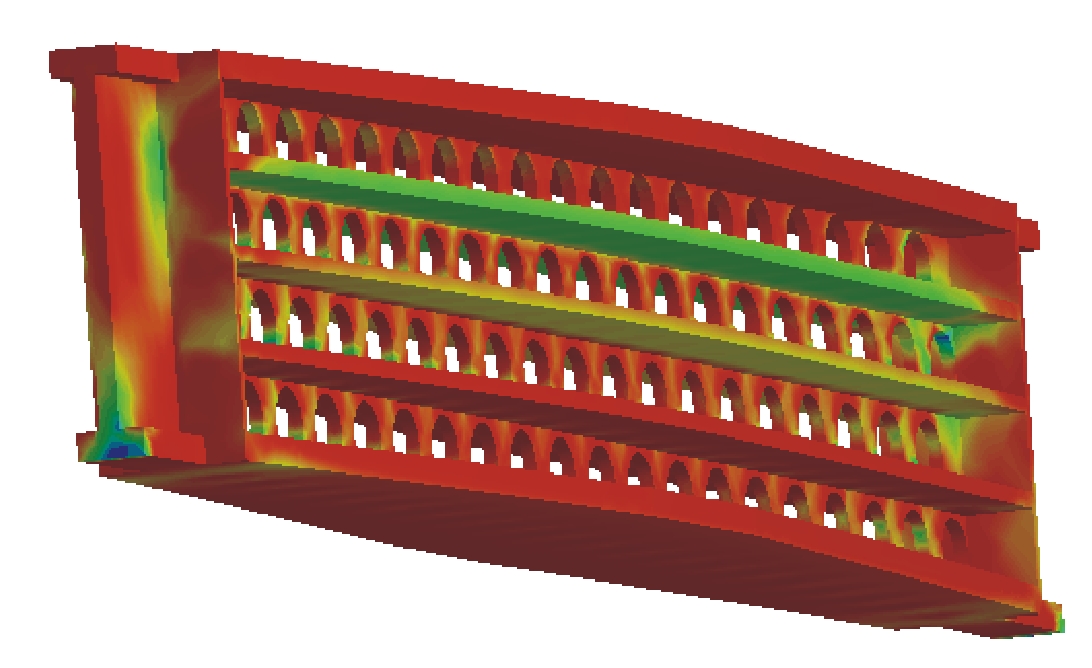
FIRED HEATER TUBESHEET: thermal stress (FEA) and creep rupture
A cost-effective design review, with detailed reference to API 560, and improved insight regarding the impact of a range of operating conditions on the tubesheet structure. (further details)
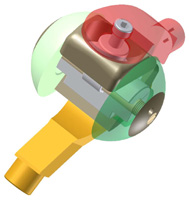
CONSTANT VELOCITY JOINT: design, motion simulation and stress analysis (FEA)
Rapid implementation of design innovations and the evaluation of new concepts before commitment to prototype manufacture, and the provision of effective marketing material for promotion to potential licensees. (further details)
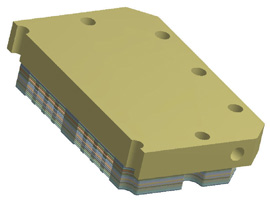
FUEL CELL STACK ASSEMBLY: thermal stress with multiple contact surfaces (FEA)
Greater understanding of the effects of temperature rise on end plate stress and deformation, and a fast-track to design solutions. (further details)
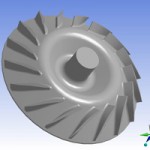
MIXED FLOW FAN DESIGN: aerodynamic design using CFD
The provision of additional resource to fast-track a new product design and successfully meet the deadline for first prototype evaluation. (further details)
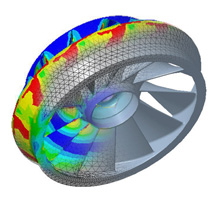
MIXED FLOW FAN IMPELLER: reverse engineering with stress analysis (FEA)
A rapid stress and deformation study provided additional resource at a busy time, and helped to minimise the test requirement. Detailed insight enabled the design of potential improvements. (further details)
